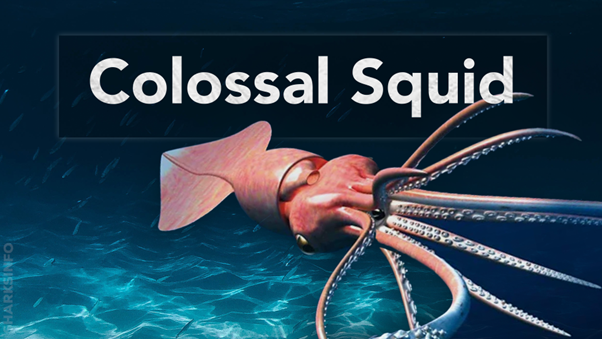The Sargasso Sea is a region of the North Atlantic Ocean described by floating mats of brown seaweed called Sargassum. A unique place; it’s the only sea without coastlines. The seaweed is thought to originate from the coasts of the Americas and is carried to the Sargasso Sea by ocean currents.
The Sea is bordered by the Gulf Stream to the west, the North Atlantic Current to the north, and the Canary Current to the south.
The Sargasso Sea is also home to a diversity of nautical life, comprising coral reefs and eelgrass beds. Our guide to the Sargasso Sea will explain why this sea is so special and introduce you to some of its most famous inhabitants.

Discovering the majesty of the Sargasso Sea
The Sargasso Sea is a truly unique place – boasting no coastlines and countless activities for anyone who wishes to explore it.
It is home to a wide range of marine life, including over 500 species of fish and more than 200 types of coral. The Sargasso is also abode to several species of sea turtles, as well as migratory birds such as shearwaters, petrels, and boobies. This makes the Sargasso an ideal location for wildlife watching and scientific research.
The floating mats of seaweed provide a habitat for these animals, as well as a source of food. The Sargasso Sea is an important breeding ground for several species of fish, including tuna, swordfish, and marlin.
The Sargasso Sea is also a popular destination for leisure events such as sailing, angling, and diving. The vibrant waters and profuse marine life make it an admiring spot for snorkeling and scuba diving.

The place is also an approved destination for scientific research. Scientists from all over the world come to the area to study the unique ecosystem and the effects of climate change on the ocean.
Overall, the Sargasso Sea is an exciting destination that offers plenty of activities and accommodations for those looking to explore this unique ocean area. With proper planning and research, your Sargasso Sea journey can be a safe and rewarding experience for everyone involved!
FAQs
1: What is special about the Sargasso Sea?
The Sargasso Sea is a region in the North Atlantic Ocean bounded by ocean currents. Unlike any other sea on Earth, it has no coastline. The Sargasso Sea is home to a unique community of plants and animals that have adapted to the harsh environment.
2: Why the Sargasso Sea has no coastline?
The Sargasso Sea is a body of water that is located in the middle of the North Atlantic Ocean. It is bordered by the Gulf Stream to the west, the North Atlantic Current to the north, and the Canary Current to the south. Thus, the Sargasso Sea has no coastline because it is completely surrounded by ocean currents.
3: Why did sailors fear the Sargasso Sea?
Sailors feared the Sargasso Sea because it was full of seaweed and other debris that could clog up a ship’s engine.
4: Is it safe to swim in the Sargasso Sea?
There is no definitive answer to this question, as the safety of swimming in the Sargasso Sea may depend on a variety of factors, including the weather and sea conditions at the time, the swimmer’s experience and fitness level, and the presence of any dangerous marine life.
However, as the Sargasso Sea is generally calm and relatively shallow, it is generally considered to be a safe place to swim.
5: What lives in the Sargasso Sea?
The Sargasso Sea is home to many different types of marine life. Some of the more common residents include fish, turtles, crabs, and eels.







